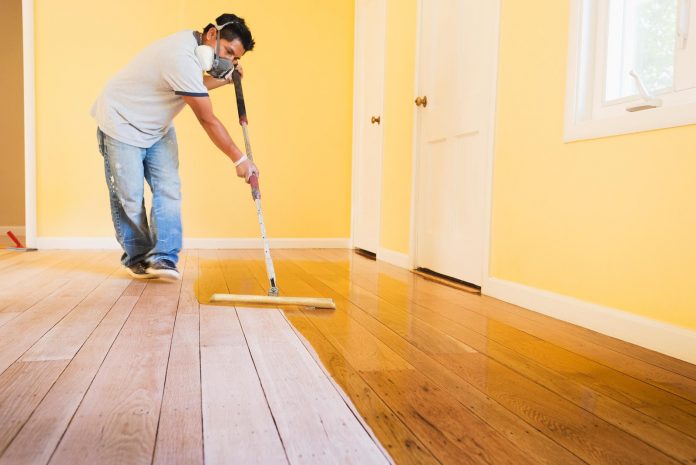The floors take the most damage out of any other part of your home. From muddy boots to pet paws, your floors are bound to need replacement every once in a while. The question is: when is it time to replace the floors? The answer varies depending on what materials were used to construct your floor. In this article, we’ll be covering the tell-tale signs it’s time to replace your floors and we focus on four common flooring materials.
Signs It’s Time to Replace Carpet
Generally speaking, carpeting lasts about ten years. More if you have no pets or children and less if you do. Because carpet is made from fabric, there comes a time when you can only do so much to clean and repair it.
Here are the most common signs it’s time to replace your carpet:
- You’re way past the 10-year line.
- There is an odor you cannot get rid of.
- You start to feels bumps and matting in the carpet padding underneath the top coat.
- There are rips and tears.
Though it’s a household favorite, carpets need to be replaced once they hit a decade or longer. No matter how clean you are, your carpet padding is bound to trap unwanted odors over time.
Signs It’s Time to Replace Wood Flooring
Wood flooring last a long time (typically 25-30 years) and is easiest to salvage when it begins to lose its charm. This is because you can sand down and restain your floors when they reach the point of beaten up.
When it’s time to refinish or replace:
- The floor is giving you or your family splinters.
- The finish is splitting from the wood.
Most of the time, the choice to refinish or replace is purely financial. Depending on the type of wood used on your floors and the square footage needing to be refinished, you will likely come to find that one is cheaper than the other.
Signs It’s Time to Replace Tile
Tile could last a lifetime if it stays in style. Broken tiles can be replaced and the molding can always be revisited for a touch-up. Despite its longevity, tile has a reputation of being the chronically out of date part in any home. If your tile is cracking far too often, you may need to check to see if the foundation underneath your tiles should be re-levelled.
When to replace:
- If you need a membrane or leveled foundation job.
- When you find cracks.
If you’re going to replace your tile with more tile, try to find tile that is timeless. Avoid patterns or trends. Replacing your floors isn’t a walk in the park, so you don’t want to find yourself trying to replace the floors again in 5 years because you hate the pastel pink color.
Signs It’s Time to Replace Vinyl Flooring
Laminate and vinyl have a large variety of quality points. You’ll notice that cheap vinyl can come up within 10 years, where higher quality vinyl can stand up to 25 years. Whichever you choose, you will notice when vinyl needs replaced:
- The laminating is coming up.
- There are deep scuffs.
- The flooring is discolored.
- It’s peeling in any way, shape, or form.
If you can, avoid vinyl floors in homes that are going to face a lot of traction. These floors can’t take the beating of your son’s soccer team or a million redesigns.
Conclusion: Take Care of Your Floors to Get More Life Out of Them
If you’ve come to the end of this article and realize that you need to replace your floors, you’ll also want to keep in mind that a little bit of love can go a long way for your wallet and your floors. Make sure you clean them regularly in order to maintain your home décor. When you see a part of the floor start to suffer from wear and tear, address it instead of letting the floor continue to degrade.
Have you replaced your floors recently? When did you know it was time? Share your story in the comments.
Find a Home-Based Business to Start-Up >>> Hundreds of Business Listings.

















































